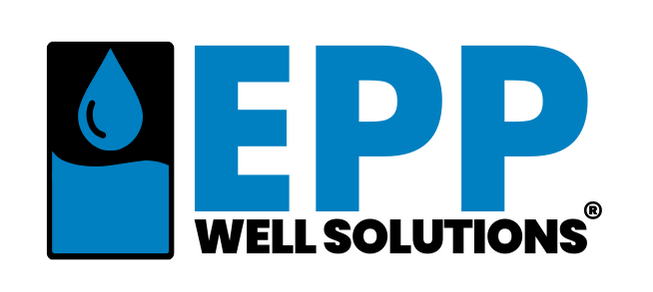Essential Maintenance Tips for Your Water Well
Your well is a quiet hero, delivering water day after day without much fuss. It’s easy to take it for granted—until the pressure dips, the taste shifts, or the pump starts groaning. Keeping it in top shape isn’t just about avoiding those headaches; it’s about ensuring your water stays reliable for years to come. Every well faces its own challenges, from wear and tear to low production, and a little upkeep goes a long way. Let’s dive into the must-do maintenance tips that’ll keep your well humming, so you can enjoy that steady flow without worry.
Regular Pump Inspections
The pump drives your well, moving water to the surface. When it falters, the effects are immediate—reduced flow, unusual sounds, or sudden stops. Schedule a regular inspection with a technician to assess its condition. They’ll check for wear, such as degraded motors or damaged seals, and verify it matches your well’s capacity. An oversized pump can overburden a low-yield well; an undersized one won’t meet demand. Addressing these issues promptly prevents escalation and maintains system efficiency.
Monitor Water Levels
Wells draw from underground reserves that fluctuate with weather, usage, and time. Tracking water levels reveals changes before they become critical. You don’t need advanced equipment—observe the signs. Frequent pump activation or fading pressure during heavy use suggests a declining water table. A professional can measure the depth for precision if needed, establishing a benchmark to monitor. Understanding your well’s limits is essential to its upkeep, particularly for wells with lower production.
Test Water Quality
Water must be safe, not just available. Annual tests for bacteria, nitrates, and minerals are non-negotiable. A lab analysis identifies contaminants or issues requiring filtration or treatment. Beyond health, poor quality accelerates wear on pumps and pipes—hard water or sediment can shorten their lifespan. Routine testing safeguards both your water and your equipment, keeping the system intact.
Prevent Over-Pumping
Over-pumping damages wells, especially those with limited output. Exceeding the recharge rate strains the pump and risks depleting the source. Signs include flow interruptions during high demand—like filling a large tank—or excessive pump cycling. Maintenance demands aligning usage with capacity; stagger heavy tasks to avoid overload. For low-yield wells, the Well Harvester offers a practical option. It captures and stores water, delivering it with adequate pressure while reducing stress on the well. It’s a supplement to maintenance, not a substitute, minimizing over-pumping risks. Without it, disciplined usage remains critical to protect the system.
Clear Debris and Protect the Wellhead
The wellhead is the entry point, and it must remain secure. Debris—dirt, leaves, or animals—can accumulate, threatening contamination or structural harm. Inspect it every few months, removing buildup and ensuring the cap and seal are intact. Cracks or corrosion allow surface water to infiltrate, so address them quickly. If runoff from slopes or pavement nears the wellhead, redirect it with grading. This basic step prevents significant issues, maintaining the well’s integrity.
Keep Records and Watch Trends
Maintenance requires diligence beyond action—record-keeping sharpens your oversight. Note dates of water tests, pump checks, or anomalies like pressure drops. Over time, these entries highlight patterns—seasonal level shifts or recurring pump wear. This data equips you to detect problems early, ensuring no detail is overlooked. It’s a straightforward practice with substantial impact.
Why It All Matters
Wells differ in output and resilience, but none endure neglect. These measures prevent minor faults from becoming major repairs—whether it’s pump fatigue, wellhead exposure, or overuse. For low-yield wells, the Well Harvester can enhance maintenance efforts, managing production to lessen wear. It’s a targeted aid, not a universal fix. Consistent application of these steps ensures operational longevity. Need more insight? Visit our site or request a quote.


